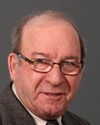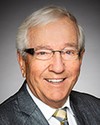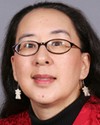Thanks for coming today.
I may have to suddenly leave, because I'm speaking some time shortly.
I have a couple of questions.
You talked about the fact that these statistics are very important because they often drive policy decisions. In your presentation, Mr. Guimond, you talked about the number of reserves where either the data was suppressed because of the low coverage or because of the number of reserves where there was no enumeration taking place. Do we have any sense of two things: one, the number of people who are included in those reserves where there is no enumeration; and two, the number of people, where enumeration does take place, who actually choose not to participate? Because you're not enumerating, you probably don't know, but there must be some sense of the percentages.




